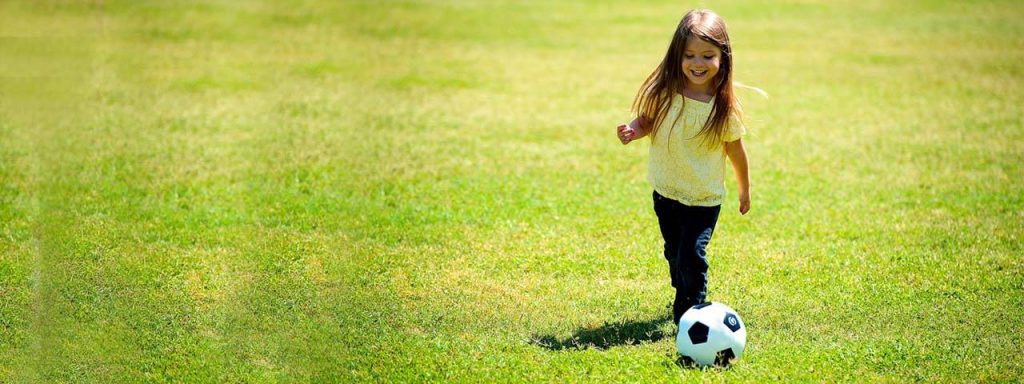1.9 billion people, worldwide, have been diagnosed with myopia … could spending time outdoors be a solution?
With the prevalence of myopia, it’s critical for parents to understand how this condition can impact their child’s future and what steps they can take to preserve their child’s eye health and vision..
Childhood myopia, or nearsightedness, increases the risk of eventually developing serious eye diseases like cataracts, glaucoma, macular degeneration, diabetic retinopathy, pathological myopia and retinal detachment.
Can daylight reduce myopia?
Myopia occurs when the eye shape elongates, causing light rays to focus in front of the retina rather than directly on it. Myopia is caused by a combination of factors, including genetic and environmental.
As it turns out, the amount of time children spend outdoors in sunlight has been shown to reduce the progression of myopia.
In 2019, Updates on Myopia was published, which stated that it discovered that environmental factors have been the cause of an exponential increase of myopia. Children that have intense schooling and spend limited time outdoors have a higher risk of developing myopia.
Increased light intensity leads to pupil constriction, increased depth of focus and release of dopamine, which inhibits axial elongation which causes myopia.
In addition, more time spent outdoors goes hand in hand with less time spent on near work. Reading and other tasks that require prolonged near vision have long been suggested as an environmental risk factor for myopia in school-aged children.
Contact an eye doctor near you who can help manage your child’s myopia.
SEE RELATED: Myopia Management: Children and Digital Devices
How does daylight exposure impact myopia?
Although researchers have yet to pinpoint exactly why daylight exposure prevents or slows the progression of myopia, almost all agree that it does.
A study published in 2015, called the ROC (Recess Outside Classroom) study conducted in East Asia to see if the educational policy could decrease myopia incidence, the results were promising.
At one school they turned off the classroom light and required children to go outside the classroom for outdoor activities during recess time, around 80 minutes per day. The other school did not have any special programs during recess time.
After 1 year, new onset myopia was found in only 8% of children in the ROC school, while the incidence in the control school was 17.5%.
Spending time outdoors could decrease the new onset of myopia by over 50%.
Ophthalmology (2013) published a systematic review and meta-analysis of studies, that investigated the association between time spent outdoors and myopia in children and adolescents.
This research found a significant protective association between increasing time spent outdoors and prevalent myopia in nearly 10,000 children and adolescents 20 years of age and younger.
Each increase in hours per week of time spent outdoors was associated with a 2% reduced odds of myopia.
It is now widely recommended that children spend up to 2 hours outdoors each day to protects against myopia.
What is myopia management?
In addition to giving your child more time to spend outdoors, a program of Myopia Management can improve your child’s performance in school and can help prevent serious sight-robbing eye diseases later in life.
Myopia is a world-wide medical problem, affecting the lives of today’s children, resulting in serious consequences for their eye health.
LEARN MORE: Guide to Myopia Management
If your child shows signs or symptoms of myopia, schedule an appointment with an eye doctor near you who will advise you on the ways to best manage your child’s myopia and ensure they enjoy years of clear vision and optimum eye health.

